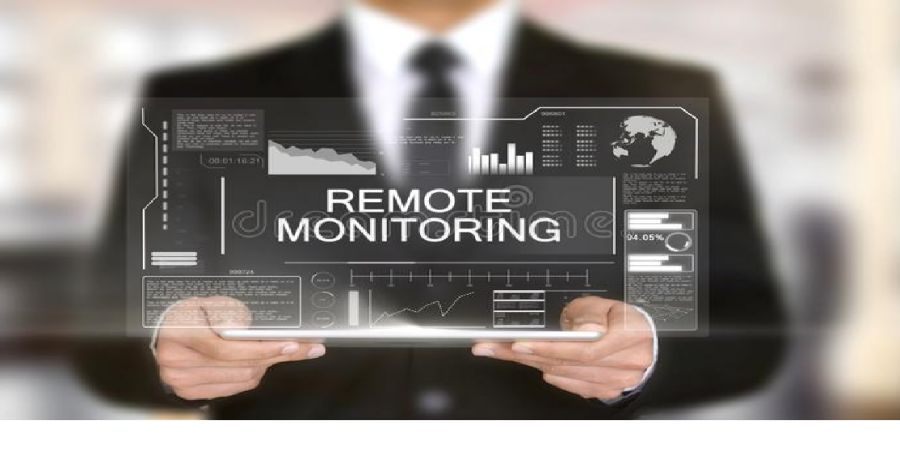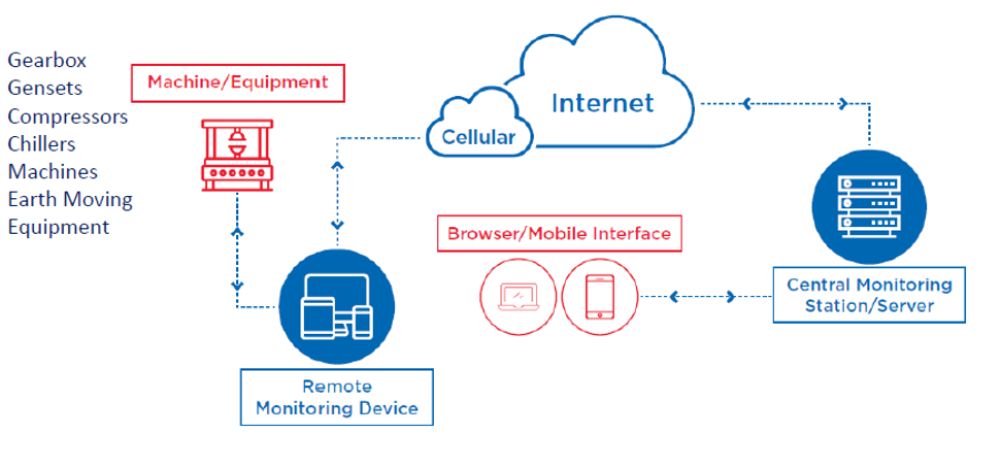

The fundamental issue for machine manufacturers in production is the speed with which they will respond with machine servicing in the case of failure.Many questions emerge such as, “How can you handle automated equipment effectively?” How can you acquire a good picture of your devices parameters? How do you maintain track of remote machinery or equipment if you do not go there everyday?
If customers want after-sales assistance,they expect their problems to be resolved as soon as possible. Many service requests need long and time-consuming on-site visits.
Not only you can plan and monitor your machines and devices, but you can also remotely programme or configure a sophisticated PLC controller.With so many alternatives, the fundamental difficulty for equipment manufacturers remains.
With so many alternatives, the major difficulty for equipment makers is to rapidly and reliably implement best-in-class solutions. A myraid of PLCs, controllers, and sensors, for example, are available for regulating machines and measuring variables such as temperature, pressure,and strain. IoT systems must be able to connect to a diverse set of edge devices using proprietary protocols and data formats.
The RMS is a state-of-the-art, fully configurable platform for Telematics, Asset management, and Energy management. A breakdown structure of RMS:
RMS Platform
Telematics
Asset Management
Energy Management
Challenges
Solutions
IoT Solution Features
Architecture

Applications
To Recap
IIoT provides real-time access to organizations in virtual and outsourced operations, allowing them to make data-driven choices and adopt best practices to enhance efficiency and remote activities while lowering operating costs. However, implementing an IIoT solution is not quick and easy. In order to gain the benefits, a company should evaluate possible disadvantage and figure out the right ways to overcome them.
















